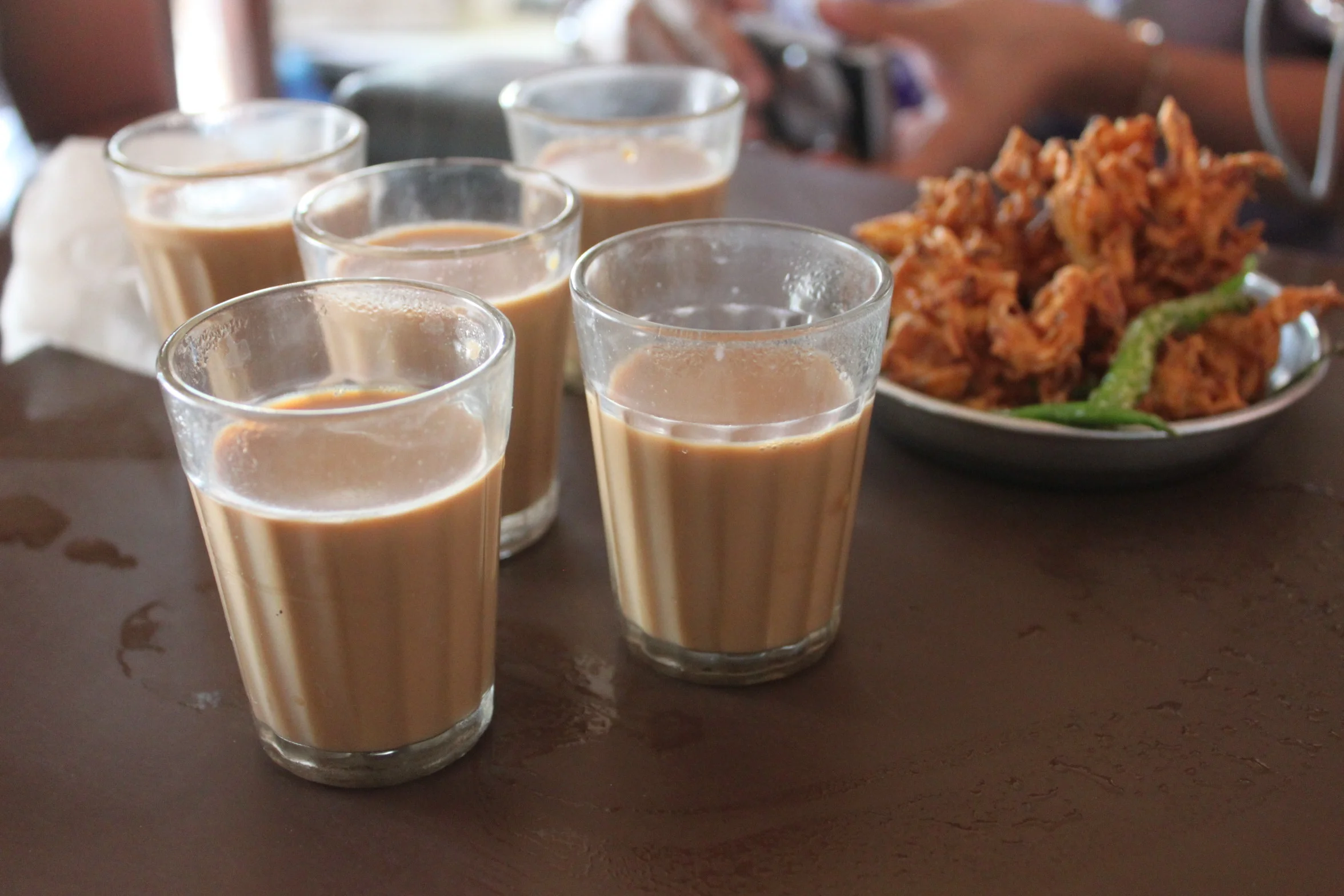Water, water everywhere?

While on the plane to India during my recent trip, I watched a fascinating VICE News documentary on the country’s water crisis.
Working for NGO myself, and having traveled to many developing countries (including India twice before), the extent of nation’s water crisis wasn’t news to me, but the figures are truly astounding. And it wasn’t exactly the most comforting thing to hear while on my way to that said country.
The key facts are:
92 million people in India do not have access to clean drinking water. This leads to increased deaths from diarrheal and waterborne illnesses, often disproportionately affecting children.
Over the last 40 years India’s population has doubled in size from 600,000 million to 1.2 billion. This has exacerbated issues around water scarcity and quality and sewage management.
80% of sewage generated in cities is untreated and disposed in water bodies. This includes rivers, lakes and ground water – where so many get their drinking water.
Without reinvention of sewage management and the attitudes around this, the issue will worsen.
While the scale of this is huge, for many of us it’s hard to appreciate just how precious water is because in most cases at home we can turn on a tap anywhere and voila! Water.
And the fact that some of us don’t even like that perfectly good water (which in other parts of the world, people spend their entire day walking to collect) makes it even harder for us to realise how important it is. Instead, we prefer spring water from the mountains of an exotic location you can’t pronounce, that’s vitamin infused and comes in a designer prism-like bottle that costs $8 a pop.
But if you’ve ever traveled outside Western countries, chances are you do know what it’s like not to have clean water. It never ceases to amaze me that no matter where you travel in the world – no matter how remote, it always seems like WIFI is always available. But water, quite literally the stuff of life, is not. Even if you are staying at the Four Seasons in Mumbai, you can’t turn on your bathroom tap and drink from it. But we’ve become so accustomed to drinking our fancy bottled water we don’t notice anyway!
And while in countries like India this issue is quite frankly dire, there is also hope. Local communities and NGOs are working together to develop new approaches to WASH (water, sanitation and hygiene). Community led programs allow people to proactively identify and address issues in their neighbourhoods and can work with NGOs who help facilitate and implement programs to which create change and build a safer and healthier place to live. These kinds of programs are wide ranging in their scope and may involve distributing water filters, community training on new, healthy habits to initiate behavioural change or providing microloans to help families buy water tanks or build their own toilet.
I’m no WASH expert, but in my travels to Vietnam last year I visited a project my organisation was running in the Mekong. Here I spoke to families who were finding these approaches positive and empowering. The inclusive approach and training of local leaders, who then train community members meant the approach was proactive and encouraged participation and adoption of positive changes. With community support and involvement, these change are generational and create hope for the future.




